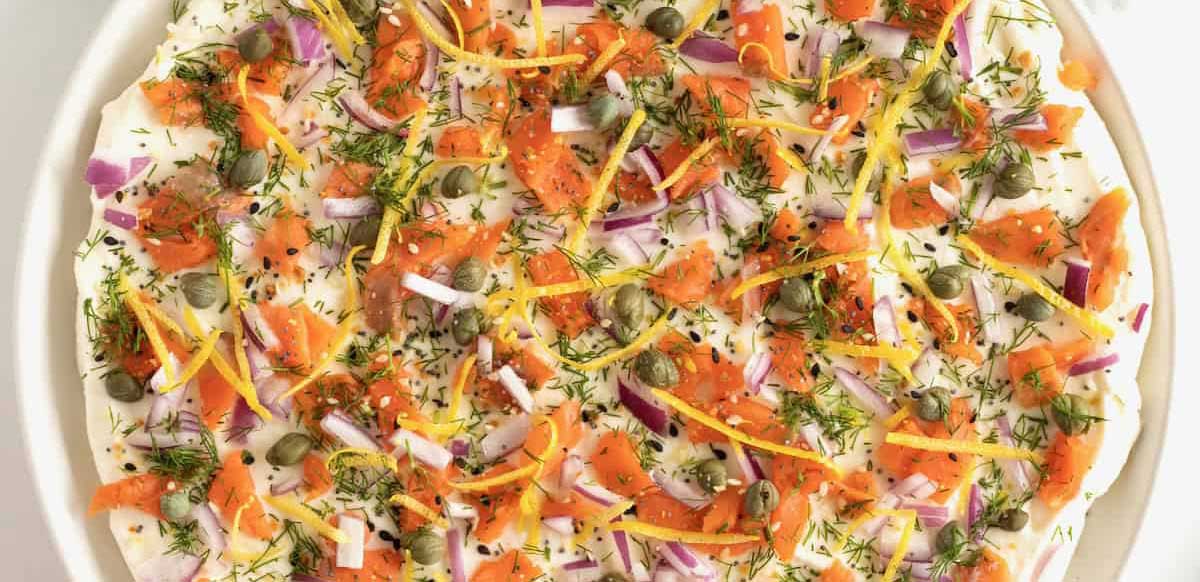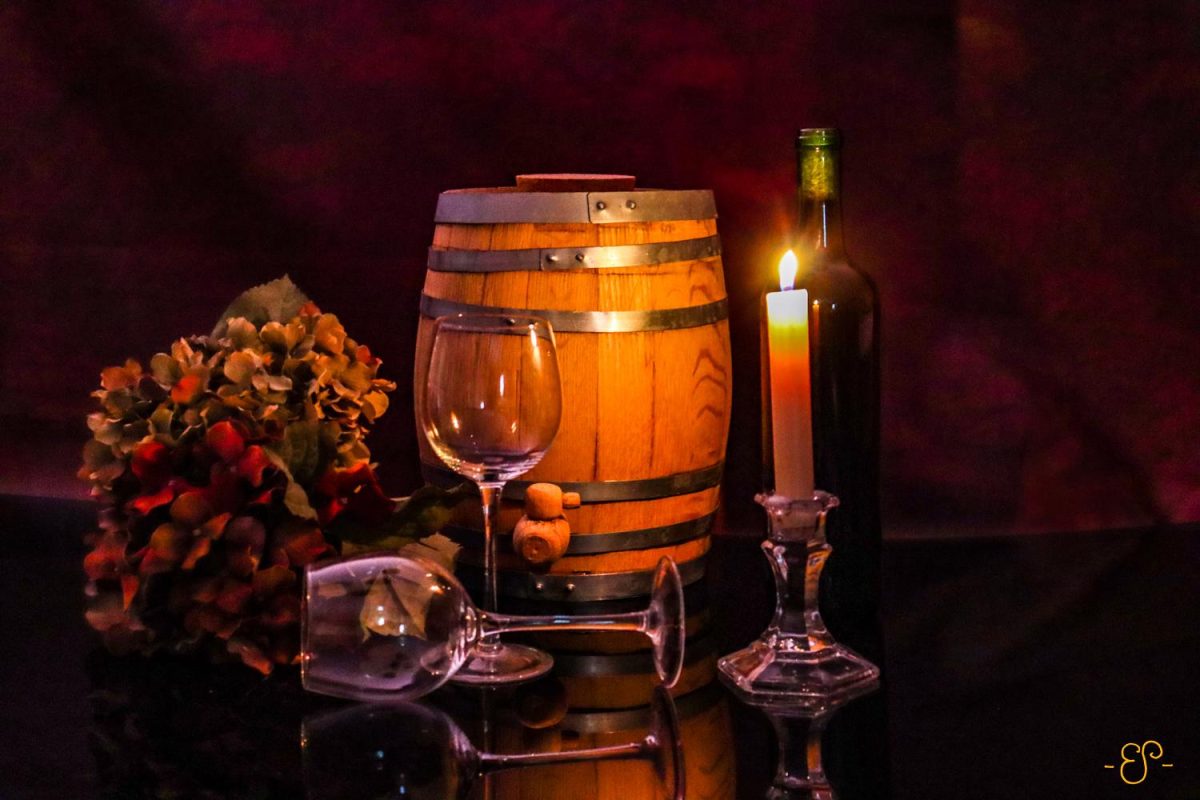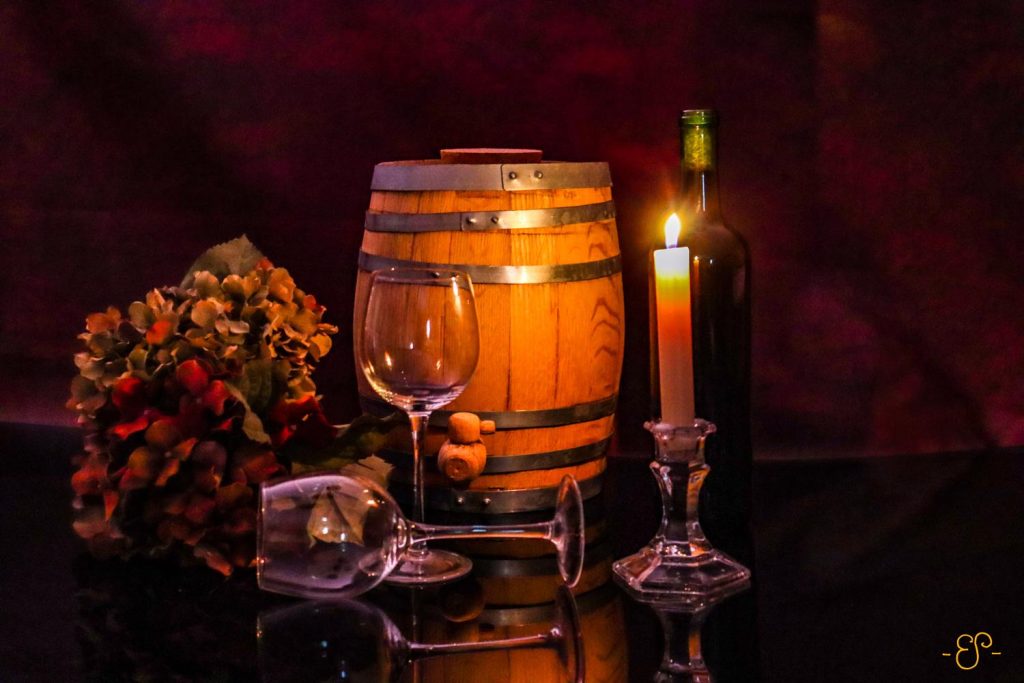The 50-year history of the Orange County Wine Society cannot be told without acknowledging the women and men who have served on its Board of Directors. The board has always been the heart and soul of the OCWS—the ultimate volunteers, dedicating their time and talents to keep the organization thriving. In this overview, I’d like to share some of the remarkable people who have led us over the decades and the incredible commitment reflected in their years of service.
The very first board was made up of just five members: Bill Lawson (President), Bill Owen (Vice President), Brant Horton (Treasurer), Kathi Horton (Secretary) and Boardmember Jerry Mead—yes, that Jerry Mead! By 1977, the board expanded to include Jim Graver (President), Brant Horton (Vice President), Judy Collins (Treasurer), and Kathi Horton (Secretary), along with members Bill Owen and Jerry Mead. From 1978 to 1984, the board grew to seven members, and in 1984 it expanded again to nine—a number that remains in place more than 40 years later.
Today, board members are elected to three-year terms and may serve two consecutive terms before stepping aside for at least one year. Some return after a break, while others retire from service. In the past 49 years, 91 people have served on the OCWS Board, collectively contributing 423 years of leadership. About 70% of board members have been men and 30% women. Eight married couples and one parent-child pair have also served on the board, though not usually at the same time.
Among those who have given the most years are Rich Skoczylas who holds the record with 15 years of service, followed closely by myself at 14. Four others—Charley Owen, Dennis Esslinger, Jim Beard and John Goodnight—each dedicated 12 years, while Fran Gitsham and Bob Prill have both served 10.
The presidency is one of the most demanding roles, requiring countless hours each week. Only one individual, Dennis Esslinger, has served four years as president. Three others—Jim Beard, Fran Gitsham and John Goodnight—each held the office for three years. Twelve people have served two years and 13 have completed a single year.
The role of vice president has often been a stepping-stone to the presidency. Of the 28 vice presidents in our history, Charley Owen served the longest at five years, followed by Larry Graham at four and Kevin Coy, Barbara Perez and Bill Redding at three. Eight served two years and the rest held the office for one.
Treasurers have been fewer in number—just 21 of them over five decades. John Goodnight stands out with nine years of service, followed by Mel Jay with seven, Tim Morgan with five and Fran Gitsham with four. Others served shorter terms of one or two years.
The secretary role, though quieter, is essential for maintaining the organization’s records. I was surprised to discover I’ve served the longest—eight of my 14 board years were spent as secretary. Founding member Kathi Horton follows with six years, while Rich Skoczylas served five and George Cravens four.
In addition to the officer roles, all board members contribute to the organization by chairing events and programs. As I conclude my term as president this year, I want to thank my fellow board members for their dedication—the current board alone represents 54 years of combined service. And to those who came before us, we owe deep gratitude for building and sustaining the OCWS for nearly half a century.















